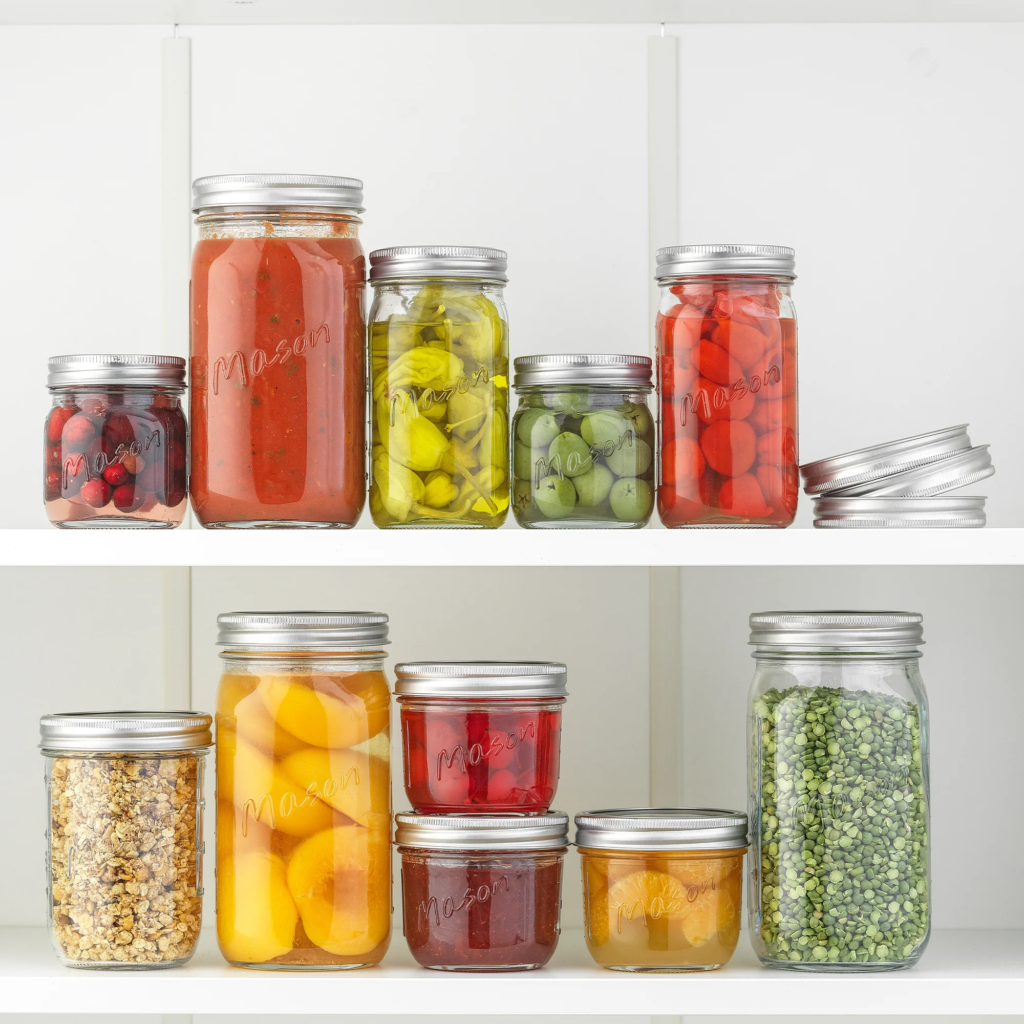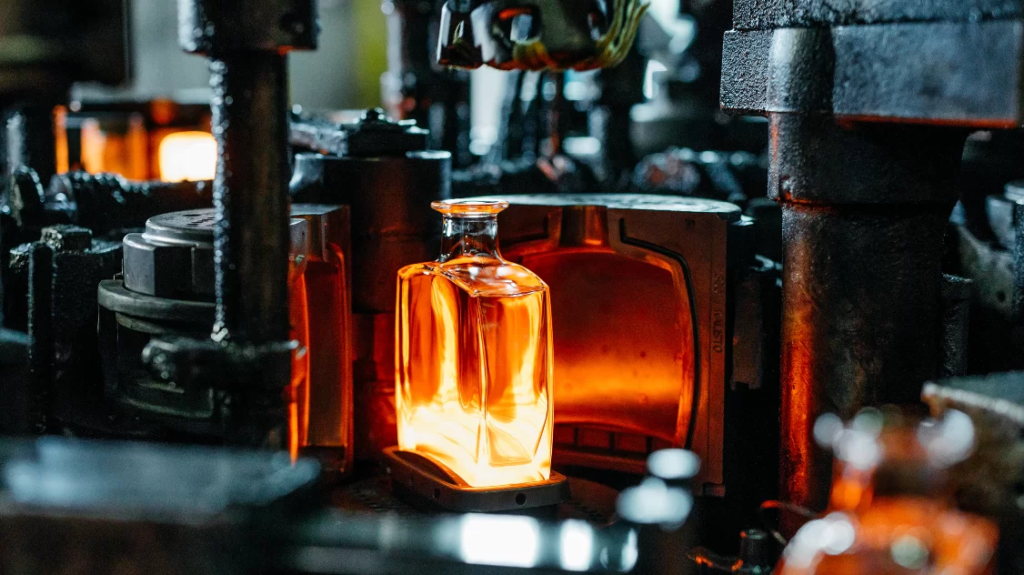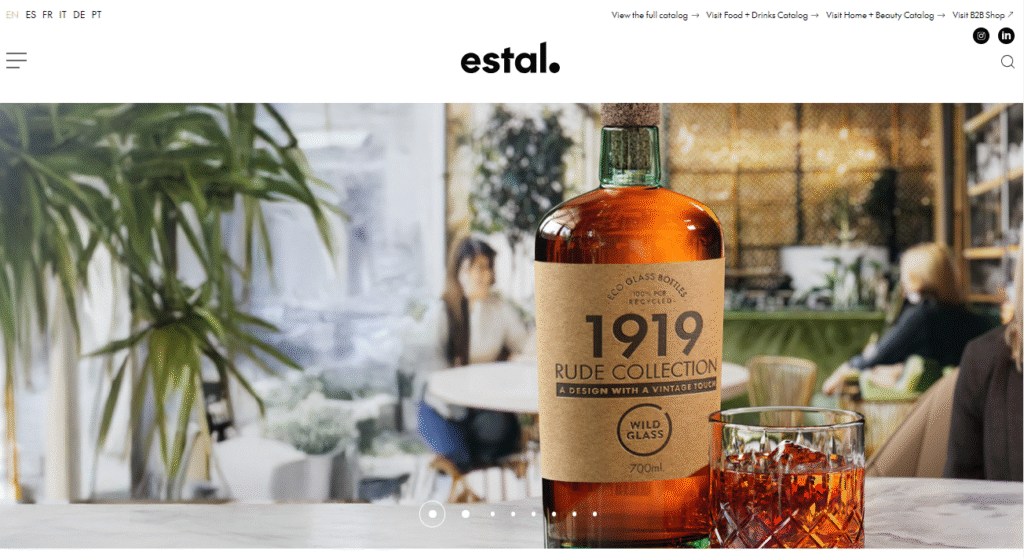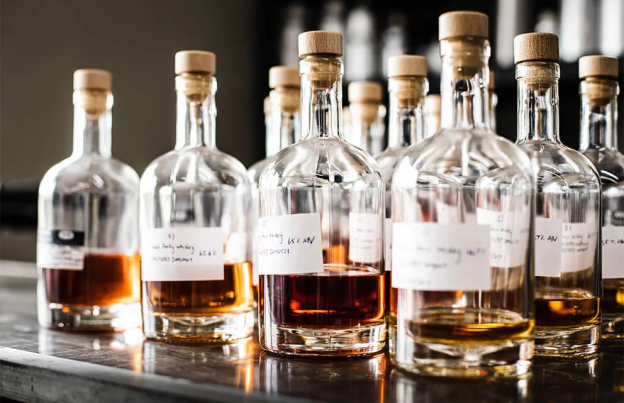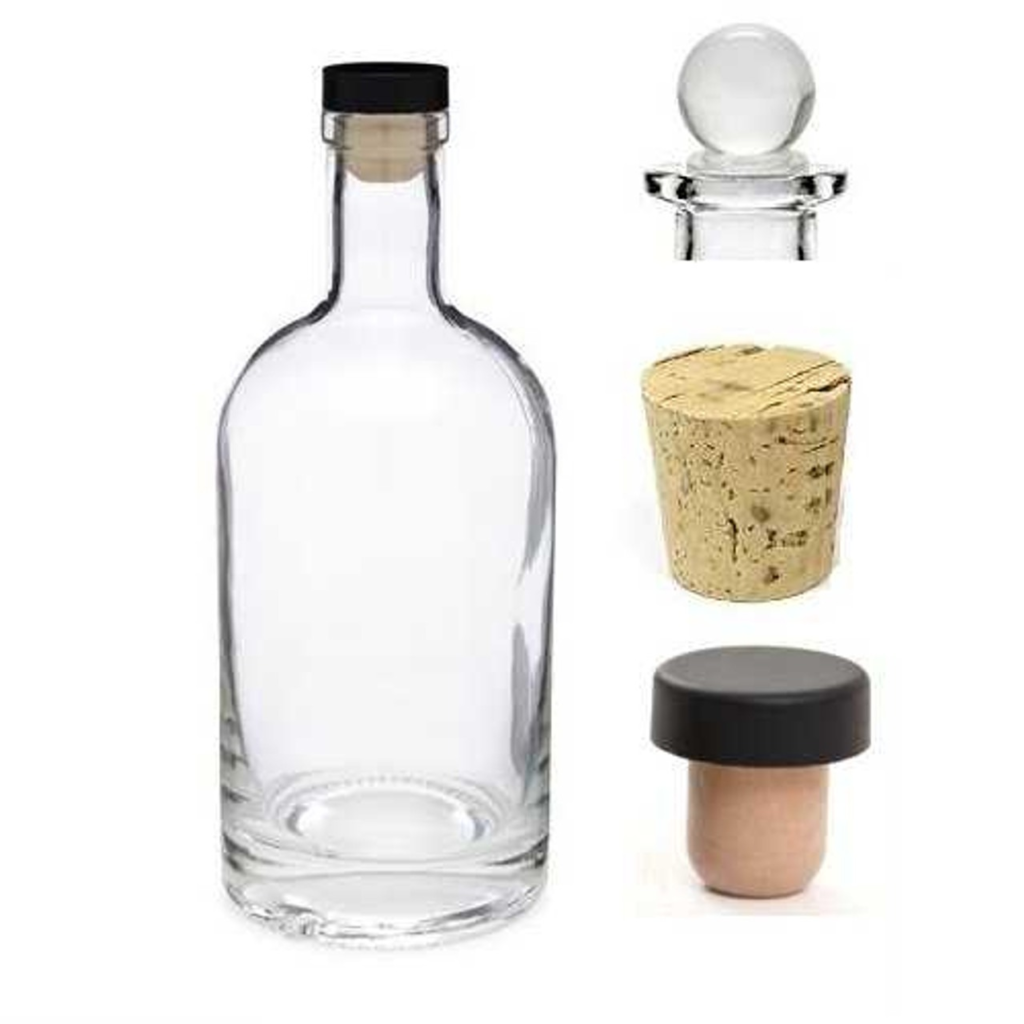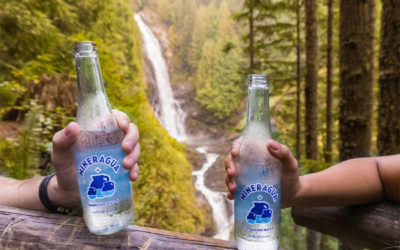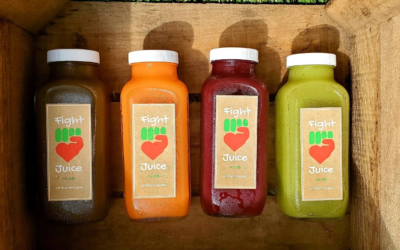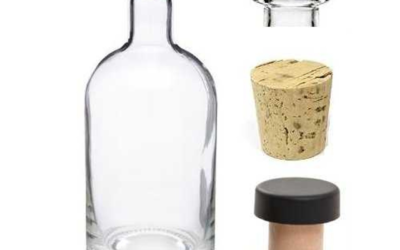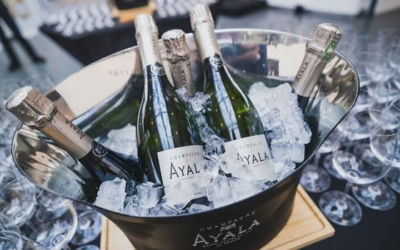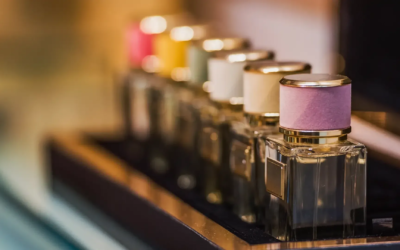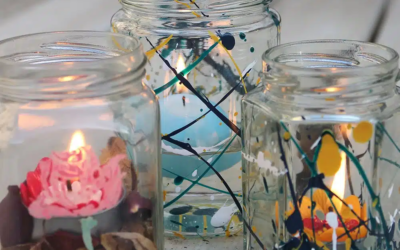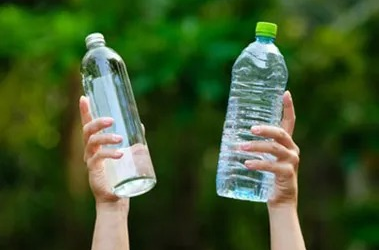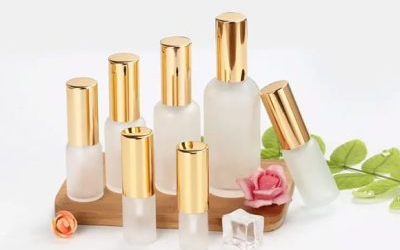TP GLASS BOTTLE BLOG
Your Best Custom Glass Bottles Manufacturer
Ultimate Guide: 7 Factors for Choosing Glass Sparkling Water Bottles That Elevate Your Brand
In today's competitive market, every detail of your product presentation matters, starting with the very container it comes in. For brands in the beverage, hospitality, or wellness space, choosing the right packaging is a direct communication of quality and values to...
5 Custom Glass Juice Bottle Trends Boosting Shelf Appeal Expert Sourcing Guide
In today’s competitive beverage market, standing out on the shelf is more crucial than ever. For brands in the juice and healthy drinks sector, packaging isn't just a container—it's a silent ambassador for your product. Custom glass juice bottles have re-emerged as a...
7 Essential Types of Bottle Tops for Glass Bottles
When selecting Glass bottles for products ranging from food and beverages to cosmetics and pharmaceuticals, one component often receives less attention than it deserves: the closure. More than just a lid, the right bottle top ensures product integrity, controls...
Where to Get Mini Champagne Bottles in Bulk?
Looking to add a touch of sparkling sophistication to your next event, enhance your hospitality offerings, or stock your boutique shelves? Mini champagne bottles are the perfect solution – elegant, convenient, and endlessly charming. Their popularity is soaring for...
Why 10ml/15ml/20ml Perfume Bottles is Getting Popular?
If you've browsed through fragrance collections recently, you may have noticed a distinct trend: perfume bottles are getting smaller. Alongside the traditional 50ml or 100ml options, compact 10ml, 15ml, and 20ml sizes are increasingly claiming shelf space, both online...
How to Paint Empty Glass Jars?
Painting empty Glass Jars is an easy, affordable, and deeply satisfying DIY project that transforms the ordinary into the extraordinary. Whether you crave vibrant pops of color, elegant frosted finishes, or intricate hand-painted designs, this guide will walk you...
Plastic or glass bottles: Which is the best beverage packaging?
Plastic or glass bottle? When choosing a beverage container, the decision seems simple, but beneath the surface lies a complex interplay of convenience, health, and environmental impact. While plastic bottles offer lightweight portability, glass brings undeniable...
Why High-Quality Glass Bottles Are Non-Negotiable for Top Wineries & Luxury Beauty Brands?
Your product's packaging isn't just a container; it's the first tangible expression of your brand's promise. That bottle directly protects your product's quality and integrity, shapes how customers perceive your brand's value, and signals your commitment to...
What Are The Different Types Of Glass Spray Bottles?
Switching to reusable glass spray bottles is a popular step towards a more sustainable and stylish home. But with so many options lining the shelves, choosing the right one can feel surprisingly complex. Are all glass spray bottles created equal? The key differences...

